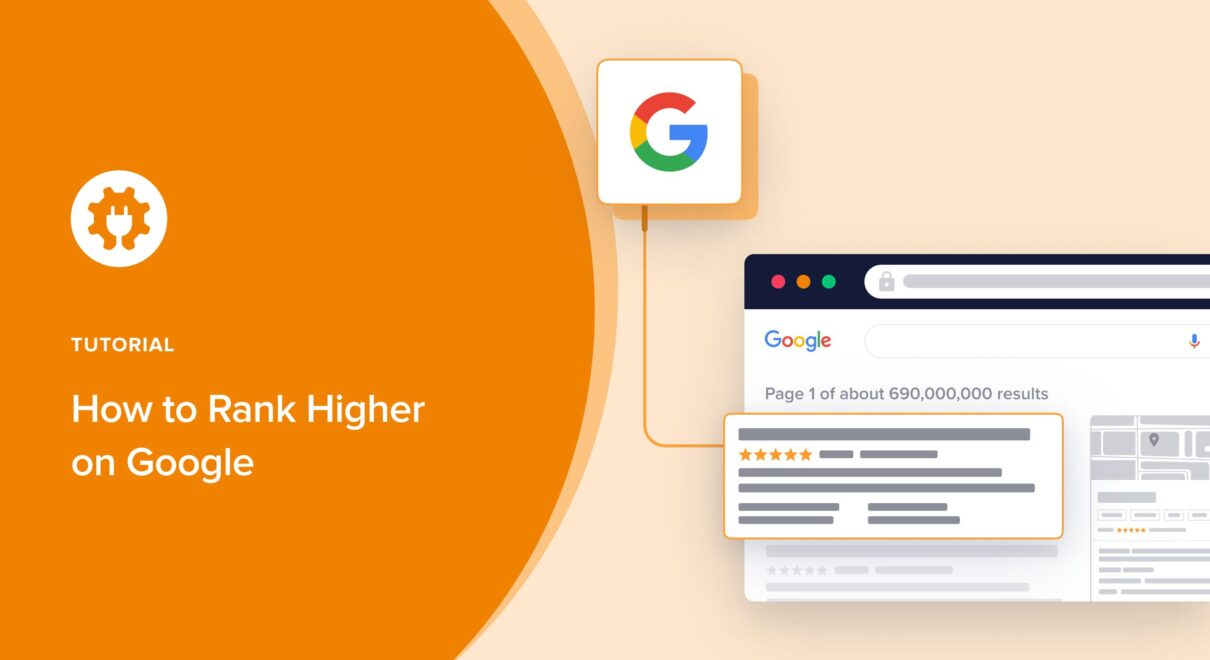Writing great content isn’t just about being creative or knowledgeable—it’s also about making sure your content is optimized for search engines.
In 2024, SEO content writing is more crucial than ever for driving organic traffic, boosting rankings, and engaging readers.
But how do you write content that both search engines and readers love?
Let’s dive into the best SEO content writing tips to ensure your content ranks higher and delivers results.
1. Start with Keyword Research
Before you start writing, you need to know what your audience is searching for. Keyword research helps you find the right terms that people are using to search for content in your niche.
How to do it:
- Use tools like SEMrush, Ahrefs, or Google Keyword Planner to discover relevant keywords.
- Focus on long-tail keywords that are more specific and have less competition.
- Prioritize search intent—understand whether people are looking for information, services, or products.
- LSI (Latent Semantic Indexing) keywords: These are related terms or phrases that provide more context to your content. Tools like LSI Graph can help you find them.
2. Create Content Around User Intent
Search engines are getting smarter, focusing more on user intent than just keywords. User intent refers to the reason behind a search query. Is the user looking to buy something? Are they seeking information? Tailor your content to satisfy that intent.
Types of search intent:
- Informational: Users are looking for answers (e.g., “How to bake a cake”).
- Navigational: Users want to visit a specific site (e.g., “Facebook login”).
- Transactional: Users are ready to make a purchase (e.g., “buy hiking boots online”).
Ensure your content aligns with these intents by directly addressing the reader’s needs.
3. Use Compelling Headlines and Subheadings
Your headline is the first thing both search engines and users will see. It should grab attention while being SEO-friendly.
How to craft an effective headline:
- Include your primary keyword.
- Make it clear, concise, and actionable (e.g., “10 Easy Ways to Boost Your SEO”).
- Use power words like “Ultimate,” “Essential,” or “Proven” to make your headline more engaging.
- Keep the headline under 60 characters to ensure it displays fully in search results.
Subheadings (H2, H3, etc.) not only make your content more readable but also help search engines understand the structure of your page. Include secondary keywords in subheadings to strengthen your SEO.
4. Optimize Meta Descriptions
Meta descriptions are brief summaries that appear below the title in search results. They don’t directly affect rankings, but they influence click-through rates (CTR).
How to write a good meta description:
- Keep it under 160 characters.
- Include your primary keyword naturally.
- Make it a compelling summary that entices users to click.
A well-crafted meta description can improve your CTR, which signals to search engines that your content is relevant.
5. Write for Humans, Optimize for Search Engines
One of the biggest mistakes in SEO content writing is over-optimizing for search engines and neglecting the human reader. Google rewards content that is helpful and engaging for users.
How to balance the two:
- Use your primary and LSI keywords naturally throughout your content—avoid keyword stuffing.
- Write in a conversational tone that resonates with your target audience.
- Keep your paragraphs short and use simple, clear language.
- Answer the user’s query or problem directly and provide value.
6. Optimize Content Length
In 2024, long-form content continues to perform better in search rankings. Longer content allows for more in-depth information, higher engagement, and the opportunity to target multiple keywords.
Tips for content length:
- Aim for at least 1,000-1,500 words for blog posts or articles.
- Break up long content with subheadings, bullet points, and images to maintain readability.
- Make sure your content provides value throughout—don’t add fluff just to reach a certain word count.
7. Use Internal and External Links
Internal linking connects one page of your website to another. It helps distribute link equity across your site and keeps users engaged by guiding them to other relevant content.
External linking adds credibility to your content by referencing authoritative sources.
Best practices for linking:
- Use descriptive anchor text: Instead of “click here,” use keyword-rich anchor text that describes the linked content.
- Don’t overdo it: A few internal and external links per post are enough to improve your SEO without overwhelming the reader.
- Link to relevant content that adds value to your post.
8. Optimize for Featured Snippets
Featured snippets are the boxes at the top of Google’s search results that provide direct answers to queries. Optimizing your content for snippets can help you secure the coveted “Position Zero.”
How to optimize for featured snippets:
- Use clear, concise answers in your content, ideally within 40-60 words.
- Structure your content with questions and answers to match common search queries.
- Include bullet points, numbered lists, and tables, which are often pulled into snippets.
9. Optimize Images for SEO
Images can enhance your content, but they also need to be optimized for search engines.
Image optimization tips:
- Use descriptive file names that include keywords.
- Add alt text to describe the image—this helps with accessibility and SEO.
- Compress images to reduce file size and improve page load speed.
10. Improve Page Speed and Mobile Friendliness
In 2024, page speed and mobile optimization are crucial ranking factors. A slow-loading site or a site that doesn’t work well on mobile devices can hurt your SEO performance.
How to improve page speed:
- Use caching and CDNs to speed up your site.
- Compress images and minimize CSS/JavaScript files.
- Opt for lazy loading for images so they load only when the user scrolls to them.
Ensure your site is mobile-friendly by using responsive design and testing it with Google’s Mobile-Friendly Test.
11. Include a Call-to-Action (CTA)
Effective SEO content writing isn’t just about driving traffic—it’s also about encouraging readers to take action. Whether you want users to subscribe, download an eBook, or make a purchase, a strong call-to-action (CTA) is essential.
Tips for writing a CTA:
- Use actionable language like “Get Started,” “Learn More,” or “Download Now.”
- Place CTAs in logical locations, such as at the end of the post or within relevant sections.
- Make your CTA buttons stand out by using contrasting colors or bold fonts.
12. Update Your Content Regularly
SEO isn’t a one-time effort—your content needs to stay fresh and relevant. Regularly update your content to reflect changes in your industry or add new information that enhances its value.
How to keep content fresh:
- Update stats, facts, and data.
- Add new insights or case studies.
- Improve outdated sections to make your content more comprehensive.
Conclusion
By following these SEO content writing tips, you’ll not only improve your rankings but also create content that resonates with your audience.
Remember, SEO is about more than just keywords—it’s about providing value, engaging readers, and ensuring your content is optimized for both search engines and users alike.
Start implementing these strategies today to boost your content’s visibility and drive more organic traffic to your website!






